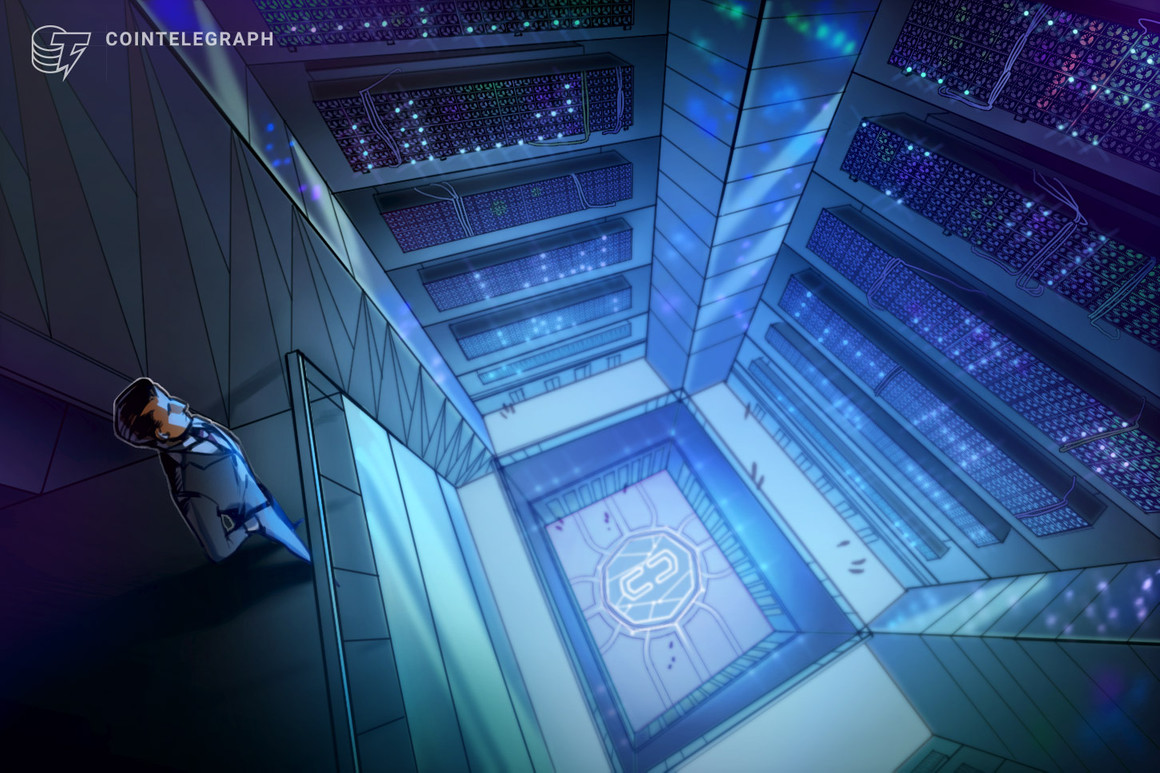There seems to be a disturbance in the force at the Binance Smart Chain. Even though for the average user the BSC is working just fine, the validators are up in arms. A pseudonymous one opened up an issue at GitHub and all hell broke loose. The title: “BSC is a lost cause.” It concludes, “Binance wanted a quick hack to make some money, but is not willing to expand even modest resources to make this thing actually work. Given that they’ve made billions from this, this is absurd and a huge abuse of the trust (and money) people put in this.”
Related Reading | Binance Plans To Develop French Crypto Ecosystem With $116M Initiative
Do the validators have a point? Or are they underestimating Binance? Let’s break this down and see where we are.
Dirty secret that only node runners know is that many 2.0 blockchains are impossible to run full archive nodes for let alone validate and ensure devs aren’t misbehaving https://t.co/UnQLXpm4br
— nic cubeter (
,
) (@nic__carter) November 18, 2021
Problems With The Binance Smart Chain
One good thing for Binance is that people can’t claim that their chain is completely centralized anymore. All the people in GitHub seem to be independent validators that are having real problems with the chain. The original poster, who’s a BNB holder and supporter, who invested money and became a validator, seems to be genuinely concerned. “I’ve rarely seen something handled so unprofessionally,” he says, and starts listing problems. Let’s look at some of them.
“There is no code review, patches are simply committed, in most cases even without a proper description of what they do or what problem they try to solve”
“There is zero responding to bug reports. Hundreds of people report non syncing nodes or nodes falling out of sync. Response from the “developers” – zero.”
“As someone else already wrote, the root cause of the problem is that you mindlessly increased the blocksize and reduced the blocktime without doing the actual work required.”
That does sound bad. However, Binance announced their Bruno upgrade, which goes live in a couple of weeks.
“There doesn’t appear to be any reasonable testing process in place. Every update appears to make things worse.”
Damn, pseudonymous validator! You don’t have to go so hard on Binance. They do say that “The diffsync protocol in this release is rolled out as a stable feature. Diff sync improves the syncing speed by approximately 60%~70% according to test.”
“There is no beta testing, stuff is thrown over the fence. Features like diffsync are declared “stable” by decree, even though hundreds of people reporting the opposite indicated otherwise.”
Ok, there might be a real problem here.

BNB price chart on FTX | Source: BNB/USD on TradingView.com
Other Validators Chip In
Almost 70 validators responded to the GitHub issue. Here are a few highlights:
“The state of the node is simply horrible. We are trying to create a DAPP with real time data, but with the current state it is not possible.”
“Roughly a year ago I was able to run bsc geth nodes on literally some of the cheapest VPS’s (<$20/mo) I could find with relatively decent specs (ah, the good old days). Now I’m paying thousands a month for dedicated hardware just to keep my infra running smoothly.”
“I have many full nodes running there and now all of them are unable to sync. Each of these servers costs me $800 per month (previously only $200), then you told me that I need faster bandwidth and disk which means the cost will keep rising at a very exaggerated rate. My boss even thought I spent all these money in nightclub because of the goddamn BSC!”
“We doubled the server resources and still we have problem in syncing and transactions broadcasting, some of TX is done and some not. Really there is BUG in BSC they have to fix it before its too late.”
“I’m running 15 nodes on 64 Core EPYC 7702P CPUs with 512GB RAM and 2 Intel SSDPE2KX020T8 NVMe in RAID0 configuration with 40GBe network connection each. At any point in time, roughly 1/3 of my nodes has fallen out of sync and need to be manually massaged to sync up again.”
What Does Binance’s Bruno Upgrade Promises?
First, they brag. The Binance Smart Chain blockchain hosts “more than 2 million daily active addresses and with a peak of 14 million transactions processed in 24 hours.” That’s a lot. Then, Binance acknowledges the problem. “This unexpected growth tested the limits of the network and we acknowledge that there are existing challenges on the full node synchronization.”
The upgrade won’t affect users or developers, but full node operators have to install and run the new software. What will the Bruno upgrade do for the Binance Smart Chain? “Introduces the real-time burning mechanism into the economic model of BSC with the aim to introduce a new burning process of BNB, and speed up the full node sync by more than 60%.”
Related Reading | How Binance Smart Chain Seeks 1 Billion Users With $1 Billion Investment
That does sound good, but the “speed up the full node sync by more than 60%” refers to the diffsync protocol. And the validators already complained about that. And the “real-time burning mechanism” doesn’t seem to relate to the validator’s complaints. However, there’s still hope.
Will the Bruno upgrade fix the Binance Smart Chain? Stay tuned to Bitcoinist to find out.
Featured Image by John Middelkoop on Unsplash - Charts by TradingView









